A Guide to Choosing the Right Green Energy Supplier
This guide explores essential factors to consider when selecting a green energy supplier, helping consumers make informed decisions that align with their environmental values and energy needs. In today's world, where climate change is a pressing issue, more and more people are seeking ways to reduce their carbon footprint. One of the most impactful steps you can take is to choose a green energy supplier. But how do you go about it? It can feel overwhelming with so many options out there, but don’t worry! We’re here to break it down for you, step by step.
Green energy refers to renewable energy sources that have minimal environmental impact. This includes energy generated from sources such as solar, wind, hydro, and geothermal. Unlike fossil fuels, which contribute to pollution and climate change, green energy harnesses the natural elements around us. The benefits of opting for green energy are numerous: not only can it lead to lower utility bills, but it also helps in preserving our planet for future generations. Imagine powering your home with the sunlight that shines on your roof or the wind that breezes through your neighborhood! It’s not just a dream; it’s a reality that’s within your reach.
Before choosing a supplier, it's crucial to evaluate your energy consumption patterns. This means taking a close look at how much energy you use and when you use it. Are you a heavy user during the day, or do you consume most of your energy in the evening? Understanding your energy usage helps in determining the most suitable green energy plan. It’s like finding the right pair of shoes; you need to know your size and style before making a purchase!
To effectively assess your energy needs, start by tracking your energy consumption over a few months. You can do this by reviewing your utility bills or using energy monitoring tools. These tools can provide insights into your daily, weekly, and monthly energy usage. Understanding your peak usage times can help you find a plan that best fits your lifestyle. After all, the more you know, the better choices you can make!
Energy monitoring tools can help consumers gain insights into their usage patterns. There are various tools available, from smart meters to smartphone apps, that can make tracking your energy consumption a breeze. Some of these tools even allow you to set goals for reducing your energy use. Think of them as your personal energy coaches, guiding you towards a more sustainable lifestyle.
Energy needs can fluctuate seasonally, so it’s important to consider how your energy consumption might change throughout the year. For example, you might use more energy for heating during the winter months and less during the summer. By evaluating these seasonal variations, you can choose a green energy supplier that offers flexible plans tailored to your specific needs. It’s all about finding that balance!
Budget considerations are vital when selecting a green energy supplier. Establishing a budget that accommodates your energy needs while promoting sustainability is key. Remember, going green doesn’t have to break the bank! Many green energy suppliers offer competitive rates, so it’s worth shopping around. A clear budget can help you narrow down your options and find a plan that aligns with both your financial and environmental goals.
Finding the right supplier requires thorough research. Start by looking for suppliers in your area that focus on renewable energy. Don't hesitate to reach out to friends or family for recommendations; sometimes, a personal touch can lead you to the best options. You can also check online platforms that compare different green energy suppliers. This can save you time and help you make an informed choice.
Customer reviews and ratings can provide valuable insights into a supplier's reliability and service quality. Look for feedback from current customers about their experiences with billing, customer service, and overall satisfaction. It’s like peeking behind the curtain before deciding to take the plunge! Pay attention to recurring themes in reviews, whether they are positive or negative, as they can give you a clearer picture of what to expect.
Certifications can indicate a supplier's commitment to green energy practices. Look for certifications from recognized organizations, such as the Green-e certification, which ensures that the energy you’re buying is genuinely renewable. This can provide peace of mind that your supplier is adhering to industry standards and contributing positively to the environment.
Contract terms can vary widely among green energy suppliers. Before making a commitment, it’s crucial to understand the key elements of the contract. Look for details on pricing, contract length, and any cancellation fees. It’s also wise to inquire about any hidden costs that might arise. Being well-informed before signing the dotted line can save you a lot of headaches down the road!
Q: What is green energy?
A: Green energy is derived from renewable sources that have a minimal impact on the environment, such as solar, wind, and hydroelectric power.
Q: How do I know if a supplier is truly green?
A: Look for certifications from recognized organizations that verify the supplier’s commitment to renewable energy practices.
Q: Can I switch my energy supplier easily?
A: Yes, switching suppliers is generally a straightforward process, but be sure to check for any fees associated with breaking your current contract.
Q: Will choosing a green energy supplier save me money?
A: While some green energy plans can be more expensive, many suppliers offer competitive rates, and the long-term benefits for the environment can be invaluable.
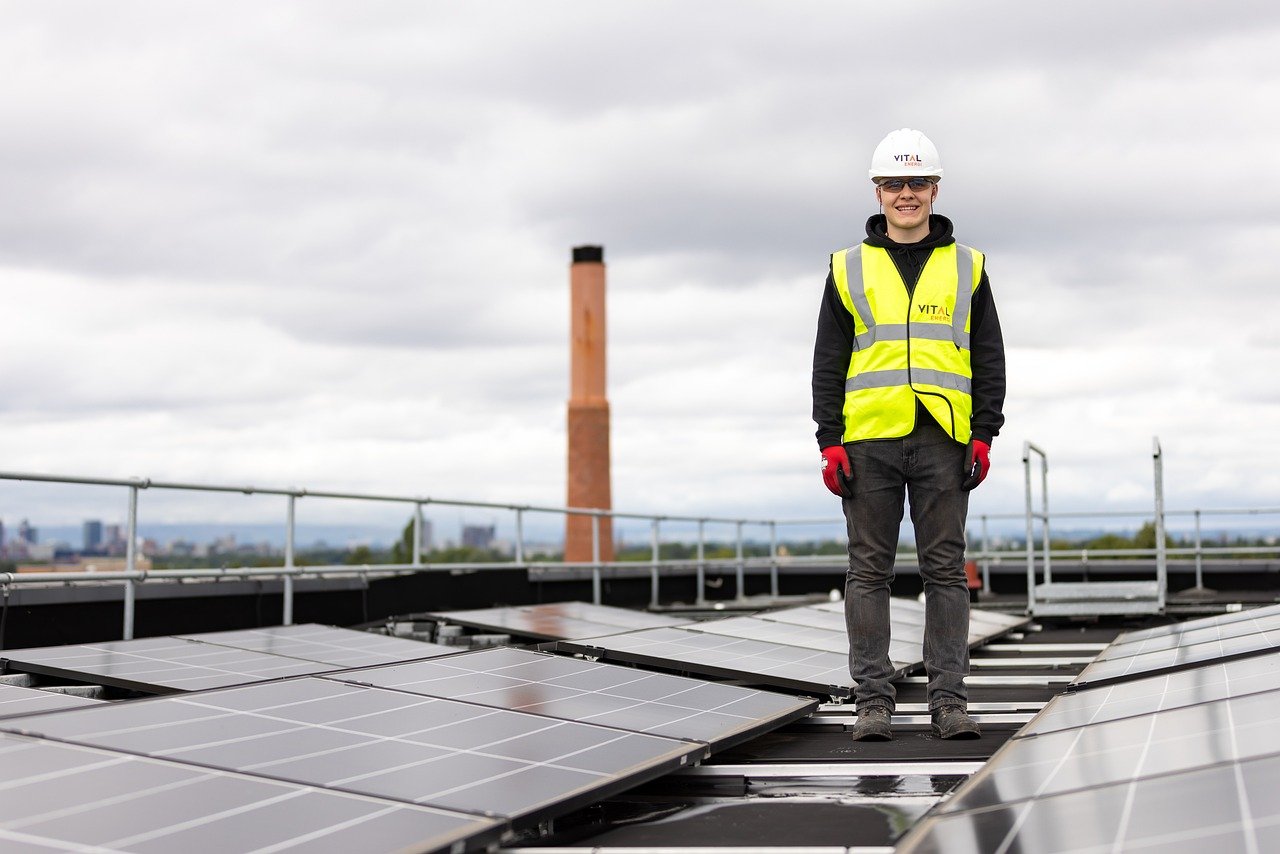
Understanding Green Energy
Green energy is not just a buzzword; it's a vital part of our transition to a more sustainable future. So, what exactly does it mean? In simple terms, green energy refers to energy that is generated from renewable sources which have minimal environmental impact. Unlike traditional fossil fuels, which can pollute our air and water, green energy sources are cleaner and more sustainable. Think of it as the difference between eating fast food every day and enjoying a fresh, home-cooked meal. One is convenient but harmful in the long run, while the other nourishes both your body and the planet.
There are several types of green energy sources, each with its own set of benefits. Here are some of the most common:
- Solar Energy: Harnessing sunlight through solar panels, this energy source is abundant and becoming increasingly affordable.
- Wind Energy: Generated by wind turbines, this energy source is one of the fastest-growing in the world and has a very low environmental footprint.
- Hydropower: Utilizing the flow of water, this method has been around for centuries and can produce a significant amount of energy.
- Biomass: Organic materials, such as plant and animal waste, can be converted into energy, making use of resources that would otherwise go to waste.
- Geothermal Energy: This type taps into the Earth's internal heat to generate electricity, providing a consistent and reliable energy source.
Each of these energy sources contributes to reducing greenhouse gas emissions and combating climate change. By opting for green energy, consumers not only save on their energy bills but also play a part in protecting our planet's resources for future generations. Imagine being able to power your home while simultaneously helping to clean the air and water; it’s a win-win situation!
Moreover, green energy often comes with the added benefit of incentives and rebates from governments and local authorities. These incentives can make switching to a green energy supplier not just an environmentally responsible choice, but also a financially savvy one. It's like finding out that your favorite restaurant offers discounts for eco-friendly choices—suddenly, being green feels a lot better for your wallet!
In conclusion, understanding what green energy is and its various forms is the first step toward making informed choices about your energy consumption. By embracing renewable energy, you contribute to a healthier planet while enjoying the benefits of sustainable living. So, are you ready to take the plunge into the world of green energy? It's not just a trend; it's a lifestyle change that can have lasting impacts!
Q: What are the main benefits of using green energy?
A: The main benefits include reducing carbon footprints, lowering energy bills, and promoting sustainable practices that protect the environment.
Q: Is green energy more expensive than traditional energy?
A: While initial costs may be higher, many green energy sources have become more affordable over time, and government incentives can help offset costs.
Q: Can I choose a green energy supplier if I live in an apartment?
A: Yes! Many green energy suppliers offer options for apartment dwellers, including community solar programs and green energy purchasing agreements.
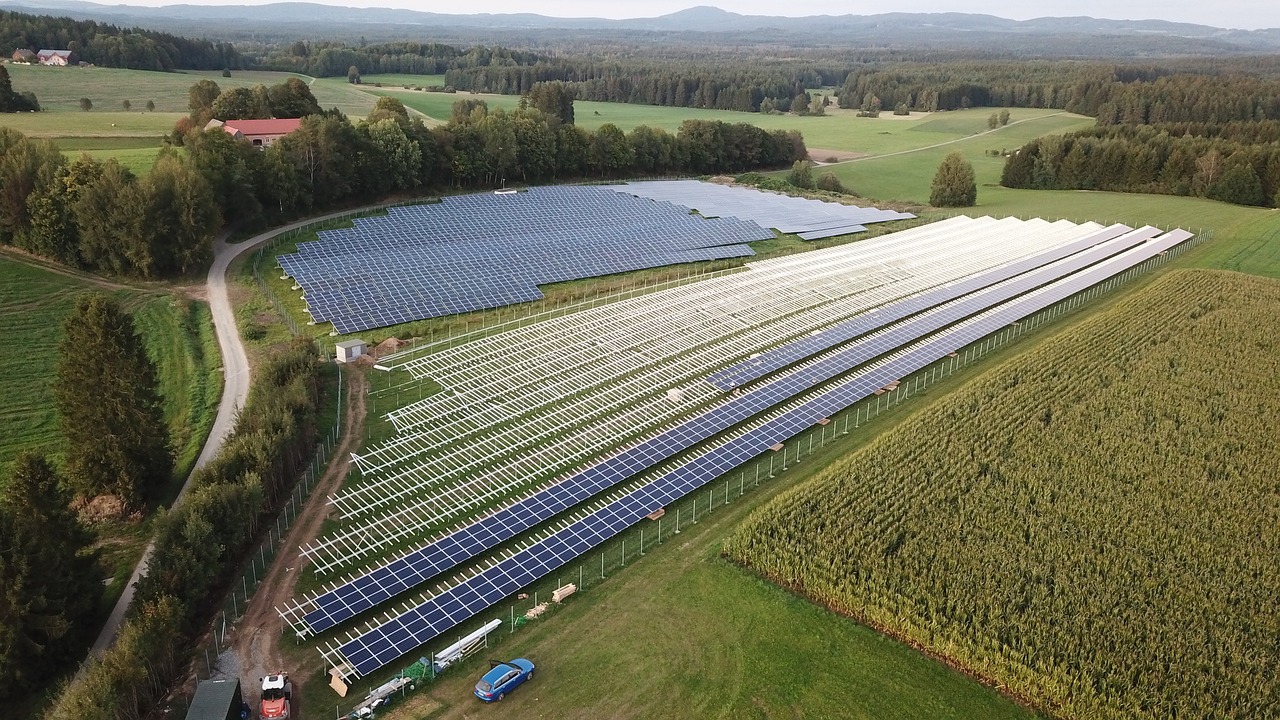
Assessing Your Energy Needs
Before diving into the world of green energy suppliers, it's essential to take a step back and assess your energy needs. Think of it as preparing for a big adventure; you wouldn't set off without knowing what supplies you need, right? Understanding your energy consumption patterns is crucial for selecting the right plan that suits both your lifestyle and environmental values. So, how do you go about this? Let's break it down.
First and foremost, identifying your energy usage is key. This means taking a close look at your electricity bills from the past year to get a sense of your average monthly consumption. You might be surprised by how much energy different appliances use. For instance, did you know that your refrigerator could be one of the biggest energy hogs in your home? By tracking your energy consumption, you can pinpoint which areas of your home are using the most power, allowing you to make informed decisions when selecting a green energy plan.
One of the best ways to get a clear picture of your energy consumption is by using energy monitoring tools. These nifty gadgets can provide real-time data on how much electricity you're using at any given moment. Imagine having a personal energy assistant that tells you when to turn off the lights or unplug devices that are draining power! Some popular energy monitoring tools include smart plugs, home energy monitors, and even mobile apps that connect to your smart meter. The benefits of these tools are immense—they can help you identify patterns, set goals for reducing energy consumption, and ultimately save you money on your bills.
Another vital aspect to consider is how your energy needs may fluctuate with the seasons. For example, during the hot summer months, your air conditioning might be working overtime, while in winter, heating systems take center stage. It's essential to evaluate these seasonal variations to ensure your chosen green energy supplier can accommodate your changing energy demands. You might find that a plan with variable rates could be more beneficial during peak seasons, while a fixed-rate plan could save you money during off-peak times.
Once you've assessed your energy needs, the next step is to determine your budget. This is where the rubber meets the road! Establishing a budget helps you align your energy consumption with your financial goals while promoting sustainability. Consider how much you're currently spending on energy and how much you're willing to allocate towards a green energy plan. Keep in mind that while some green energy options may come with a premium price tag, the long-term benefits—like reduced environmental impact and potential savings on utility bills—can outweigh the initial costs.
In summary, assessing your energy needs is not just a one-time task but an ongoing process. By understanding your consumption patterns, utilizing energy monitoring tools, considering seasonal variations, and determining your budget, you can confidently choose a green energy supplier that aligns with your values and lifestyle. Remember, this journey is not just about saving money; it's about making a positive impact on the planet!
- What is green energy? Green energy refers to renewable energy sources that have minimal environmental impact, such as solar, wind, and hydroelectric power.
- How can I monitor my energy usage? You can use energy monitoring tools, review your electricity bills, and track your consumption patterns over time.
- Why should I consider seasonal variations? Energy needs can fluctuate with the seasons, and understanding these variations can help you choose the best energy plan for your lifestyle.
- What should I include in my energy budget? Consider your current spending, potential savings from switching to green energy, and any additional costs associated with your chosen plan.
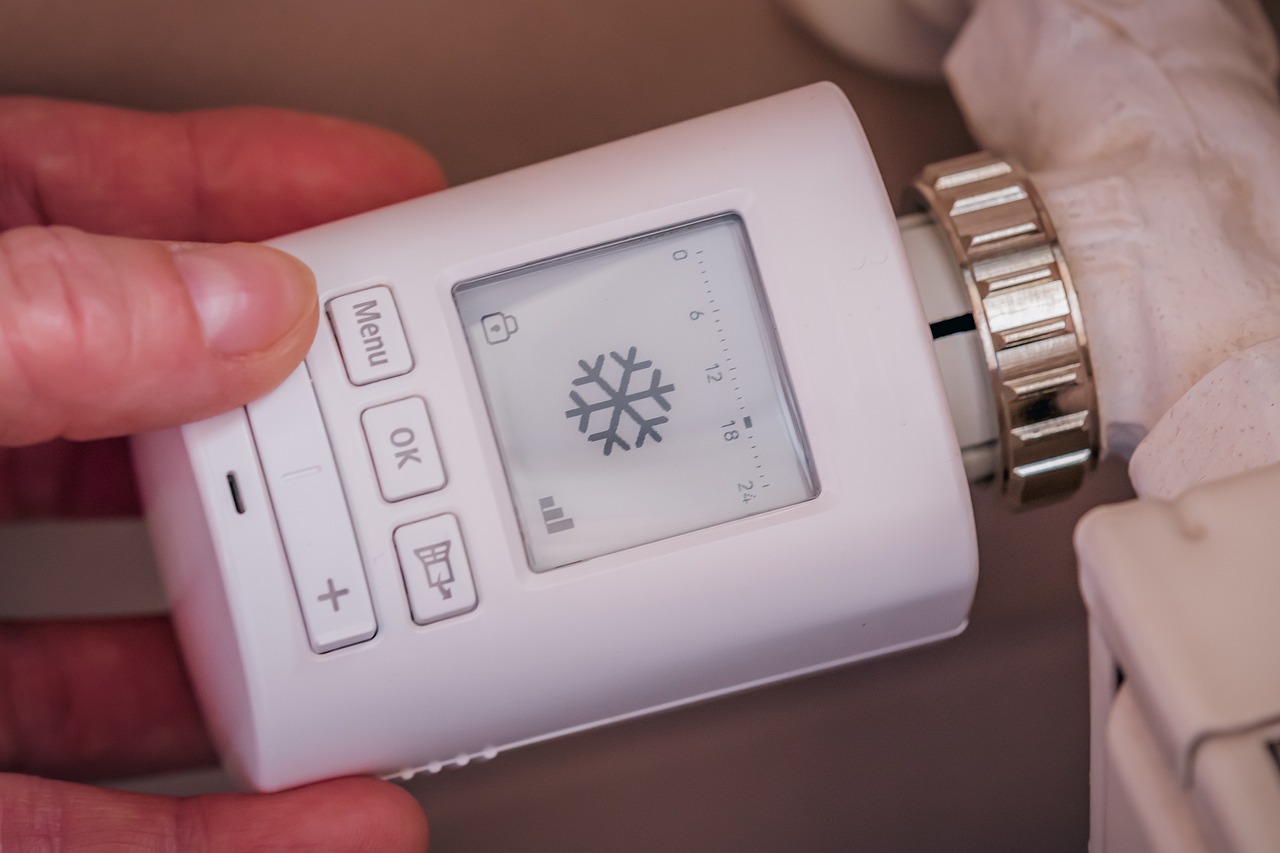
Identifying Your Energy Usage
Understanding your energy usage is like peeking under the hood of your home’s energy consumption. It’s not just about knowing how much energy you use; it's about grasping the patterns and habits that contribute to those numbers. Have you ever thought about how your daily routines affect your energy bill? By identifying your energy usage, you can make informed decisions that align with your budget and sustainability goals. Start by analyzing your electricity bills from the past year. Look for trends: are there months when your usage spikes? This could be due to seasonal changes, such as heating in winter or cooling in summer. Understanding these fluctuations is crucial for selecting the right green energy plan.
One effective way to track your energy consumption is by using various energy monitoring tools available in the market. These tools can provide real-time data, giving you insights into which appliances consume the most power. For example, smart plugs and energy monitors can help you see how much energy your refrigerator, washing machine, or even your TV is using. By pinpointing high-energy devices, you can make adjustments to your habits, like unplugging devices when they're not in use or investing in energy-efficient appliances.
Moreover, consider the behavioral patterns of your household. Do you have kids who leave lights on in every room? Or perhaps you work from home and have increased usage during the day? By identifying these habits, you can create a more energy-efficient environment. In fact, you might even find that small changes can lead to significant savings. For instance, shifting your laundry to off-peak hours could save you money and reduce strain on the grid.
To summarize, identifying your energy usage involves:
- Reviewing past electricity bills for trends.
- Using energy monitoring tools to track real-time consumption.
- Understanding household habits that affect energy use.
By taking these steps, you’ll not only be better equipped to choose the right green energy supplier but also contribute to a more sustainable future. Remember, every little bit helps, and being aware of your energy consumption is the first step toward making a positive change.

Using Energy Monitoring Tools
In our quest for sustainability, understanding how much energy we consume is crucial. That's where energy monitoring tools come into play. These tools are like the fitness trackers of the energy world; just as a fitness tracker helps you keep tabs on your physical activity, energy monitoring tools help you track your electricity usage. They provide insights that can empower you to make informed decisions about your energy consumption, ultimately guiding you toward a greener lifestyle.
So, what exactly are these tools? Well, there are various types available, ranging from simple plug-in devices to sophisticated smart home systems. For instance, some tools allow you to monitor your energy consumption in real-time via a smartphone app. This means you can see which appliances are using the most energy and adjust your habits accordingly. Imagine being able to check your energy usage while lounging on the couch or sipping coffee at your favorite café!
Here are a few popular types of energy monitoring tools you might consider:
- Smart Plugs: These are easy to use and can be plugged into any outlet. You can control them via a mobile app, allowing you to manage energy consumption for specific devices.
- Home Energy Monitors: These devices typically connect to your electrical panel and provide a comprehensive overview of your entire home's energy usage.
- Smart Thermostats: These not only help in regulating your heating and cooling but also provide data on energy consumption, helping you make adjustments to save energy.
Using these tools can significantly impact your energy efficiency. For example, if you find that your refrigerator is guzzling energy, you might consider replacing it with a more efficient model or adjusting its settings. The data you gather can be invaluable in identifying trends and making changes to reduce your overall consumption.
Moreover, many energy monitoring tools come equipped with features that allow you to set energy-saving goals. You can challenge yourself to reduce your energy usage by a certain percentage each month, turning energy conservation into a fun and rewarding game. Plus, being aware of your energy consumption can lead to lower utility bills, which is always a win-win!
In summary, energy monitoring tools are essential for anyone looking to make a positive impact on their energy consumption. They provide the necessary insights to help you understand your habits and make adjustments that align with your green energy goals. By adopting these tools, you're not just saving money; you're also contributing to a more sustainable future.
1. What are energy monitoring tools?
Energy monitoring tools are devices that track and analyze your energy consumption, helping you understand how much electricity you use and where you can save.
2. How can I benefit from using an energy monitoring tool?
By using these tools, you can identify high energy-consuming appliances, set energy-saving goals, and ultimately reduce your utility bills while contributing to environmental sustainability.
3. Are energy monitoring tools easy to install?
Yes, many energy monitoring tools are designed for easy installation, often requiring just a plug or a simple setup through a mobile app.
4. Do energy monitoring tools require Wi-Fi?
Some tools do require Wi-Fi for real-time monitoring and data access, while others may work offline but provide limited features.
5. Can I use energy monitoring tools with smart home systems?
Absolutely! Many energy monitoring tools are compatible with smart home systems, allowing you to integrate them into your existing setup for enhanced energy management.
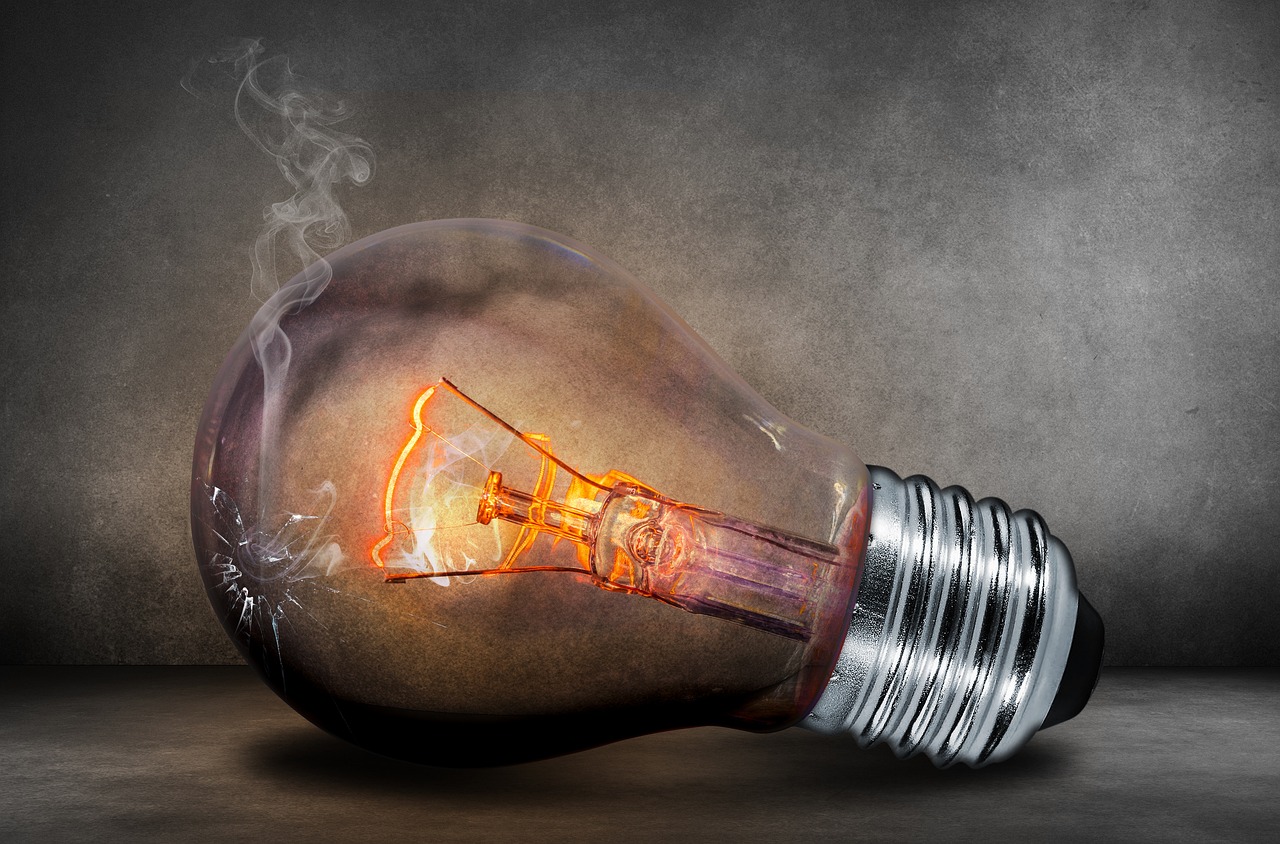
Evaluating Seasonal Variations
When it comes to choosing the right green energy supplier, one of the most crucial factors to consider is the seasonal variations in your energy consumption. Just like the changing seasons affect the natural world, they also have a significant impact on how much energy you use throughout the year. For instance, during the winter months, many of us crank up the heat, leading to a noticeable spike in our energy bills. Conversely, summer often brings increased use of air conditioning, which can also drive up energy consumption. So, how do you evaluate these seasonal changes to find a supplier that meets your needs?
First and foremost, it’s essential to analyze your past energy usage data. Most utility companies provide detailed statements that outline your energy consumption over the months. By reviewing these statements, you can identify patterns and determine which seasons require the most energy. For example, if you notice that your energy usage peaks during the colder months, you may want to consider a green energy plan that offers fixed rates during winter, helping you avoid unexpected spikes in your bills.
Additionally, you should consider how seasonal variations can influence the types of renewable energy available in your region. For instance, if you live in an area with abundant sunlight, solar energy may be more effective during the summer months, while wind energy could be more viable in the fall and winter. Understanding these dynamics can help you choose a supplier that aligns with your energy needs throughout the year.
Another aspect to evaluate is the flexibility of the energy plans offered by suppliers. Some companies provide seasonal pricing options, allowing you to lock in rates during peak usage months or offering lower rates during off-peak times. This can be a game-changer for your budget, as it enables you to plan your energy expenses more effectively. When researching potential suppliers, be sure to ask about their policies regarding seasonal variations and how they can accommodate your specific energy needs.
Lastly, don't forget to factor in any potential energy-saving measures you can implement during different seasons. For instance, during the winter, you might consider using energy-efficient heating solutions or improving your home’s insulation. In the summer, using fans instead of air conditioning can significantly reduce your energy consumption. By combining these strategies with a well-chosen green energy supplier, you can maximize your savings while minimizing your environmental impact.
In summary, evaluating seasonal variations is a vital step in choosing the right green energy supplier. By analyzing your energy usage patterns, understanding the renewable energy options available in your area, and considering flexible pricing plans, you can make an informed decision that aligns with both your budget and your commitment to sustainability.
- What is green energy? Green energy refers to energy sourced from renewable resources that have minimal environmental impact, such as solar, wind, and hydroelectric power.
- How do I assess my energy needs? You can assess your energy needs by reviewing your past energy bills, using energy monitoring tools, and considering seasonal variations in your consumption.
- What should I look for in a green energy supplier? Look for customer reviews, certifications, flexible pricing plans, and a commitment to sustainability when selecting a green energy supplier.
- Can I switch energy suppliers easily? Yes, many regions allow easy switching between energy suppliers, but be sure to check for any fees or contract terms that may apply.

Determining Your Budget
When it comes to choosing a green energy supplier, one of the most critical factors to consider is your budget. You might be wondering, "How do I even begin to determine what I can afford?" Well, fear not! Establishing a budget for your energy needs doesn’t have to be a daunting task. It’s all about understanding your current expenses, evaluating potential savings, and aligning them with your sustainability goals. Think of your budget as a roadmap; it guides you through the maze of options available in the green energy market.
First, take a good look at your current energy bills. This will give you a baseline to work from. You should consider the following:
- Average Monthly Costs: What do you typically spend on energy each month? This figure will help you gauge how much you can allocate towards a green energy plan.
- Peak Usage Times: Identify when you use the most energy. Understanding these patterns can help you find a plan that suits your lifestyle.
- Potential Savings: Many green energy suppliers offer incentives, rebates, or lower rates that can save you money in the long run. This could be a game-changer!
Next, consider the long-term benefits of investing in green energy. While your initial costs may be higher than traditional energy sources, the environmental benefits and potential savings can make it worthwhile. For instance, renewable energy can lead to lower utility bills over time, especially if you invest in energy efficiency measures like solar panels or energy-efficient appliances. It’s like planting a seed; the initial investment may seem steep, but with time and care, it can grow into something fruitful.
Additionally, it’s essential to factor in any upfront costs associated with switching to a green energy supplier. Some plans may have installation fees or require specific equipment. To help you visualize this, here’s a simple table comparing potential costs:
| Cost Type | Traditional Energy | Green Energy |
|---|---|---|
| Monthly Bill | $100 | $120 |
| Installation Fees | $0 | $500 |
| Potential Savings (annually) | N/A | $200 |
Lastly, don't forget to leave some wiggle room in your budget for unexpected expenses. Life is unpredictable, and energy needs can fluctuate due to various factors, such as seasonal changes or unexpected repairs. By planning for these contingencies, you can ensure that your switch to green energy is not only sustainable but also financially viable.
In summary, determining your budget for a green energy supplier involves evaluating your current energy costs, understanding the potential savings, and planning for any additional expenses. By taking a thoughtful approach, you can make a choice that aligns with both your financial and environmental goals. Remember, investing in green energy is not just about saving the planet; it's also about making smart financial decisions for your future.
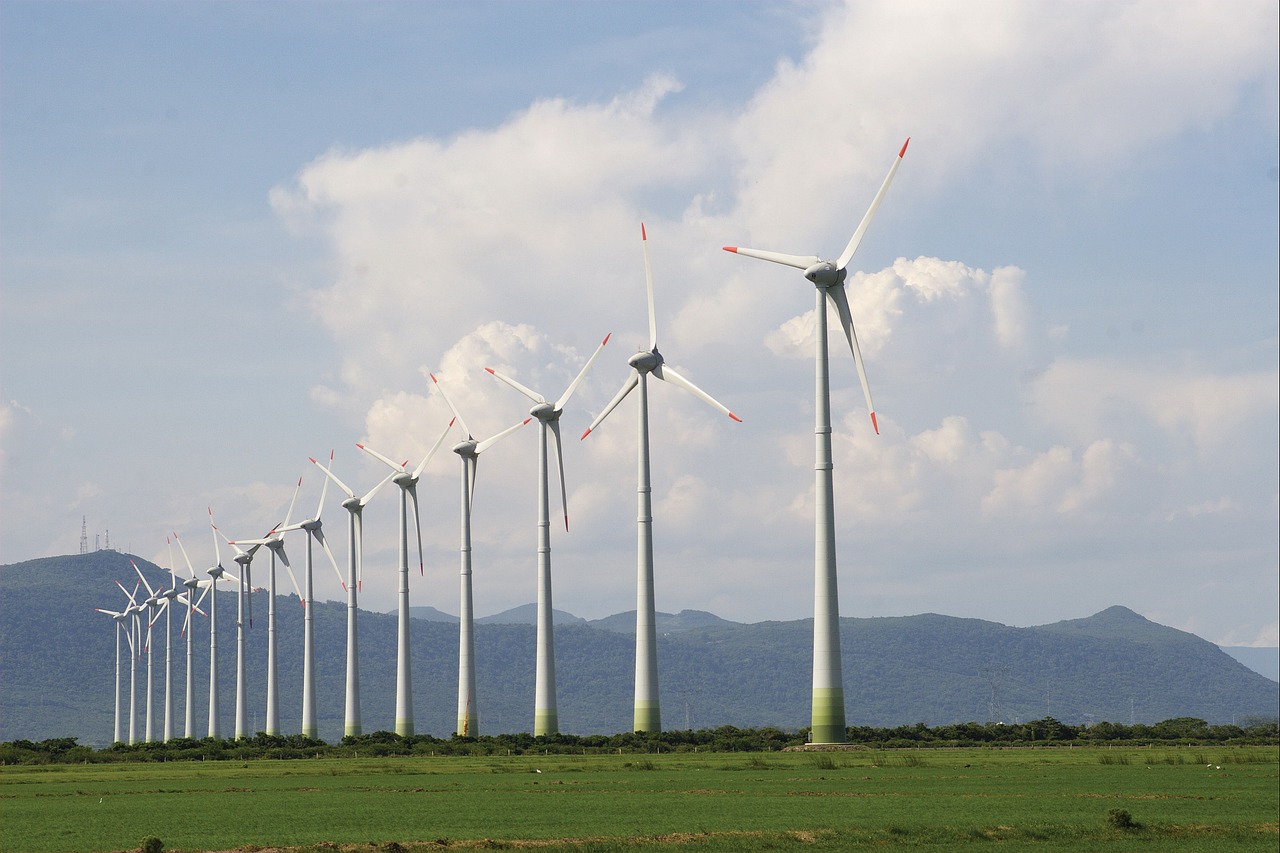
Researching Green Energy Suppliers
Finding the right green energy supplier can feel like searching for a needle in a haystack, especially with so many options available. But don't worry, we're here to simplify the process for you! The first step in your journey is to conduct thorough research. This means diving deep into the various suppliers in your area and evaluating their offerings. Start by visiting their websites to get a feel for their services, pricing, and commitment to sustainability. Look for transparency in their operations—do they clearly state where their energy comes from? This is crucial because not all green energy is created equal!
Another effective strategy is to leverage online comparison tools. These platforms allow you to compare different suppliers side by side based on factors such as pricing, energy sources, and customer satisfaction. However, while these tools can be incredibly helpful, it’s important to remember that they might not include every local supplier. Therefore, always cross-check with local resources to ensure you’re getting a comprehensive view.
In addition to online research, don’t underestimate the power of word of mouth. Ask friends, family, or neighbors about their experiences with their green energy suppliers. Personal recommendations can provide insights that you won’t find in any review or rating. Additionally, you might discover local suppliers that are not as well-known but offer fantastic services and sustainable practices.
When researching, pay close attention to customer reviews and ratings. Websites like Yelp and Google Reviews can be goldmines of information. Look for patterns in the feedback—are customers consistently praising the supplier’s customer service? Are there recurring complaints? This can give you a clearer picture of what to expect.
Lastly, consider checking if the suppliers have any certifications or affiliations with reputable environmental organizations. These certifications can indicate a supplier's commitment to green energy practices. For instance, look for certifications like Green-e Energy or Renewable Energy Certificates (RECs). These badges of honor can provide peace of mind that the supplier is genuinely dedicated to sustainable practices.
As you gather all this information, it might be helpful to create a comparison table to visualize your options. Here’s an example of what that might look like:
| Supplier Name | Energy Source | Price per kWh | Customer Rating | Certifications |
|---|---|---|---|---|
| Eco Power Co. | Solar, Wind | $0.12 | 4.5/5 | Green-e Energy |
| Green Energy Solutions | Wind | $0.11 | 4.0/5 | Renewable Energy Certificates |
| Nature's Energy | Hydro, Solar | $0.13 | 4.7/5 | Green-e Energy |
By compiling this information, you can make a well-informed decision that aligns with your values and energy needs. Remember, choosing the right green energy supplier is not just about saving money; it’s about making a positive impact on the environment. So take your time, do your homework, and you’ll find the perfect match!
Q: How do I know if a supplier is truly green?
A: Look for certifications like Green-e Energy or Renewable Energy Certificates, which indicate a commitment to renewable energy practices.
Q: Can I switch my energy supplier easily?
A: Yes, switching suppliers is generally straightforward. However, check for any cancellation fees with your current provider.
Q: What if I don’t have access to green energy suppliers in my area?
A: Some suppliers offer community solar programs, allowing you to benefit from renewable energy even if you can’t install solar panels on your property.
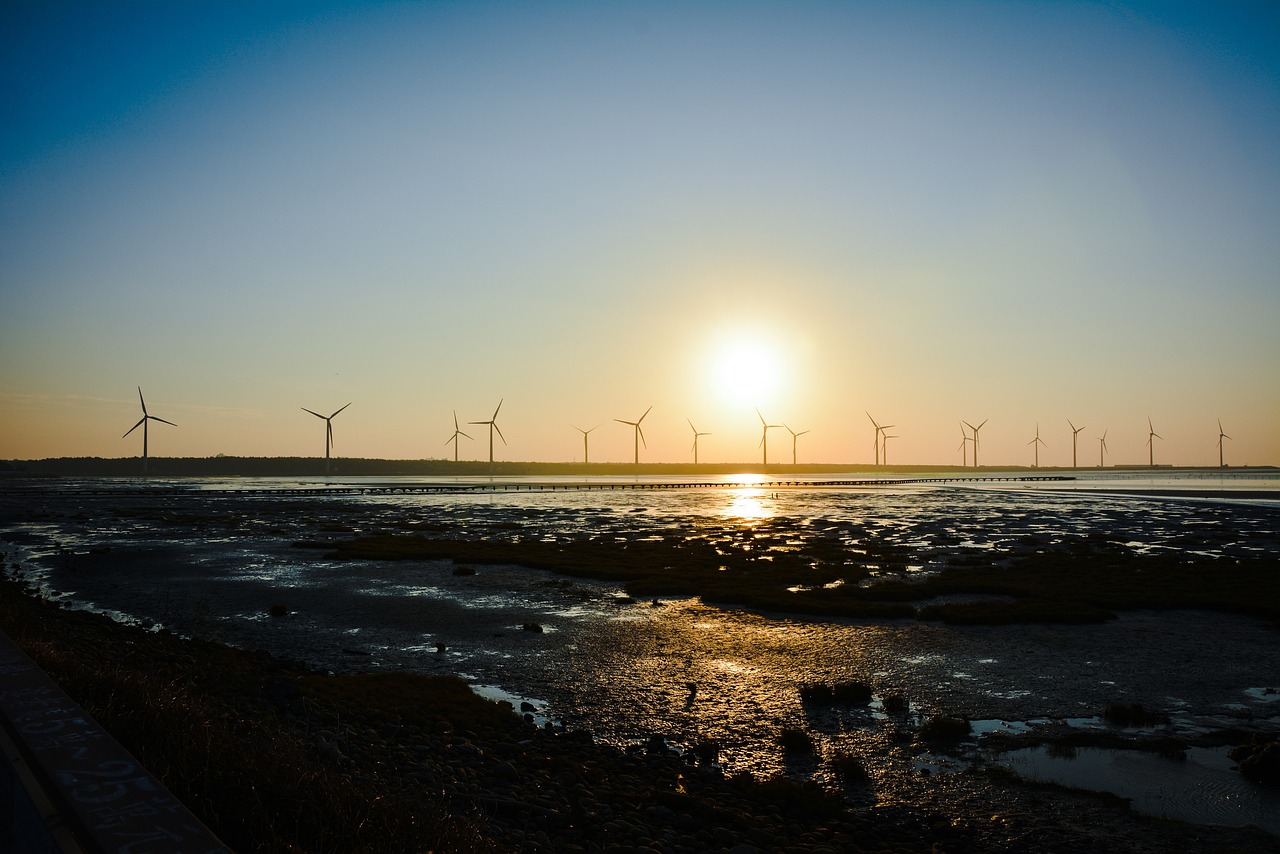
Reading Reviews and Ratings
When it comes to selecting the right green energy supplier, is like having a treasure map guiding you through the dense forest of options. Just as you wouldn’t choose a restaurant without checking its reviews, the same principle applies here. Customer feedback is a powerful tool that can reveal the strengths and weaknesses of potential suppliers. It’s not just about the star rating; it’s about the stories behind those ratings.
Start by looking at various platforms where customers share their experiences, such as Google Reviews, Yelp, or specialized energy forums. Each review offers a unique perspective, and by reading a range of them, you can get a clearer picture of what to expect. For instance, a supplier might boast about their green initiatives, but if several customers report issues with customer service or billing inaccuracies, that’s a red flag you shouldn’t ignore.
When analyzing reviews, consider the following factors:
- Overall Satisfaction: Look for common themes in what customers appreciate or dislike. Are they happy with the pricing, or do they feel it's too high?
- Customer Service: How responsive is the supplier when issues arise? Quick and helpful responses can make a world of difference.
- Reliability: Are there complaints about outages or inconsistent service? Reliability is crucial, especially when you’re switching to a green energy provider.
Additionally, pay attention to the date of the reviews. Recent reviews can provide insights into the current state of the supplier’s service, while older reviews may not reflect recent changes or improvements. It’s also wise to look for verified reviews, as they tend to be more reliable.
Lastly, don't just focus on the negative feedback. Positive reviews can be equally telling. They can highlight the aspects of a supplier that might align with your values, such as community involvement or innovative energy solutions. By balancing both sides, you’ll be better equipped to make an informed decision that resonates with your environmental values and energy needs.

Checking Certifications and Credentials
When it comes to selecting a green energy supplier, certifications and credentials play a crucial role in ensuring that the provider is genuinely committed to sustainable practices. Just like checking the labels on your food to ensure it’s organic, you want to scrutinize the certifications that a green energy supplier boasts. These certifications not only indicate a supplier's adherence to environmental standards but also provide peace of mind that your energy is sourced from reliable and responsible practices.
There are several key certifications you should be on the lookout for:
- Green-e Energy: This certification signifies that the energy provider meets strict environmental and consumer protection standards.
- Renewable Energy Certificates (RECs): Suppliers that offer RECs demonstrate that they are contributing to renewable energy generation, which is essential for reducing carbon footprints.
- ISO 14001: This is an international standard that specifies requirements for an effective environmental management system, showing that the supplier is serious about minimizing their environmental impact.
Additionally, reviewing a supplier's credentials can reveal their experience and reputation in the industry. For instance, you might want to check how long they have been operating and whether they have received any awards or recognitions for their efforts in promoting green energy. A supplier with a solid track record is often more trustworthy than a newcomer with flashy marketing but little experience.
Moreover, don't hesitate to reach out to the supplier directly to ask about their certifications. A reputable company will be more than willing to share this information and explain how their practices align with your sustainability goals. Remember, transparency is key! If a supplier is hesitant to provide information about their credentials, it might be a red flag.
Ultimately, checking certifications and credentials is not just about picking a green energy supplier; it’s about making a conscious choice that aligns with your values. By ensuring that your chosen provider is certified and credible, you’re contributing to a greener future while enjoying the benefits of renewable energy in your home.
Q: What are the most important certifications to look for in a green energy supplier?
A: Look for certifications such as Green-e Energy, Renewable Energy Certificates (RECs), and ISO 14001. These indicate a commitment to environmental standards and renewable energy practices.
Q: How can I verify a supplier's certifications?
A: You can usually find certification information on the supplier's website. Additionally, you can contact them directly for verification and more details about their sustainability practices.
Q: Are all green energy suppliers equally reliable?
A: No, not all suppliers are created equal. It's essential to research and compare their certifications, customer reviews, and overall reputation in the industry to find a reliable provider.
Q: How does choosing a certified green energy supplier impact the environment?
A: By choosing a certified supplier, you ensure that your energy consumption supports renewable sources, which helps reduce greenhouse gas emissions and promotes a sustainable future.
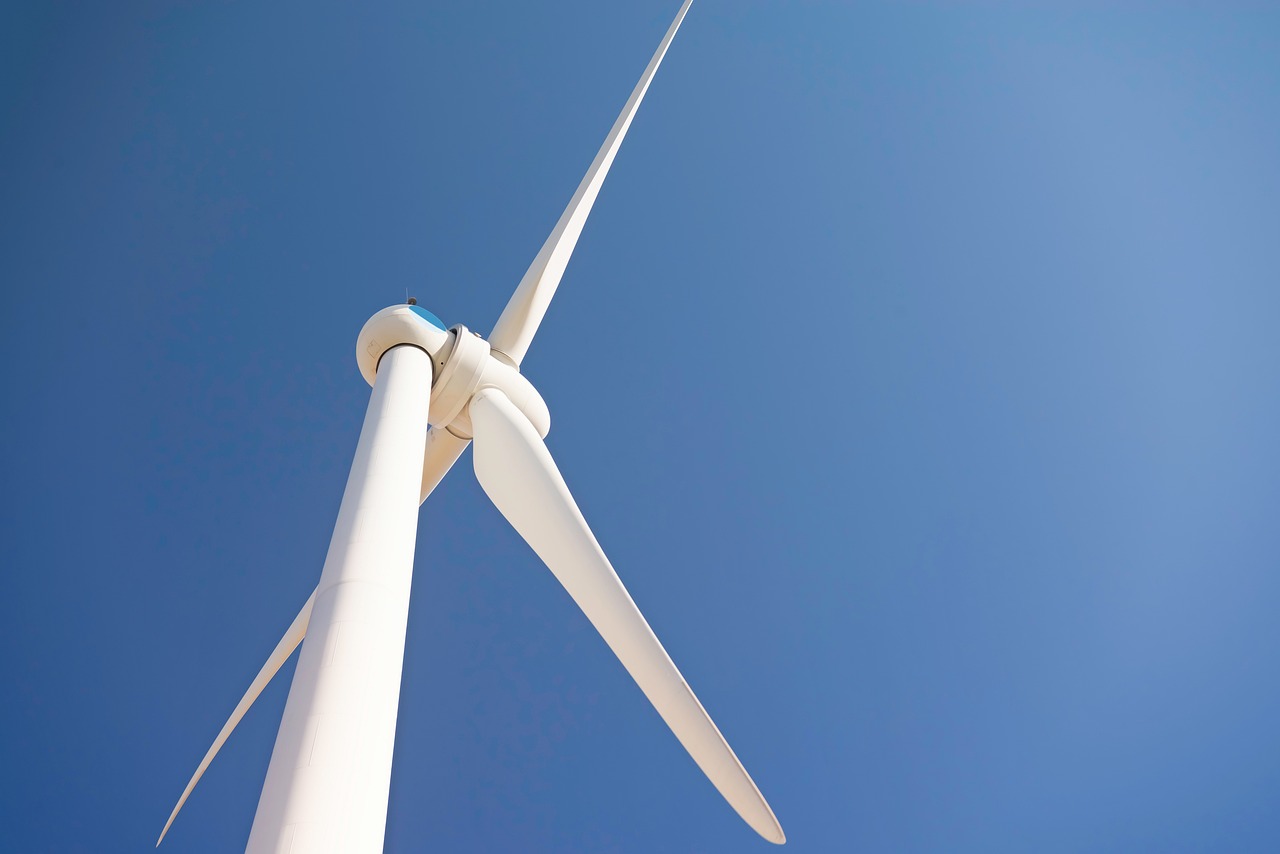
Understanding Contract Terms
When it comes to selecting a green energy supplier, understanding the contract terms is as crucial as choosing the right energy source. Contracts can be a maze of jargon and stipulations that might leave you scratching your head. So, what should you be on the lookout for? Let’s break it down.
First off, you’ll want to pay attention to the length of the contract. Most green energy suppliers will offer contracts that range from a few months to several years. A longer contract might sound appealing due to potential price stability, but it can also lock you into a deal that may not be in your best interest if energy prices drop or if your needs change. It’s like buying a season pass to an amusement park; if you don’t go often, it might not be worth it!
Next, consider the termination fees. Some suppliers impose hefty fees if you decide to cancel your contract early. This is crucial to know, especially if your situation changes or if you find a better deal elsewhere. Always read the fine print to ensure you’re not caught off guard. Think of it like a hidden cost in a subscription service—nobody likes unexpected charges!
Another important aspect is the rate structure. Will you be paying a fixed rate, or is it variable? A fixed rate means your price stays the same throughout the contract, providing predictability in your budgeting. On the other hand, a variable rate can fluctuate based on market conditions. It’s like riding a roller coaster—sometimes it’s thrilling, but it can also be a bit scary if you’re not prepared for the drops!
Additionally, it’s essential to understand what happens at the end of your contract. Many suppliers automatically renew contracts unless you opt out. This could mean you end up in a new contract that might not be favorable. Always clarify whether there’s a grace period for switching suppliers or if you need to give notice before your contract ends. It’s like setting a reminder for an important deadline—better safe than sorry!
Finally, don’t overlook the incentives and penalties outlined in the contract. Some suppliers offer bonuses for signing up or for staying with them for a certain period. Conversely, there may be penalties for not meeting specific usage thresholds. Understanding these terms can help you maximize your benefits while minimizing unexpected costs. It’s akin to knowing the rules of a game before you start playing; it gives you a strategic advantage!
In summary, navigating the world of green energy contracts doesn’t have to be daunting. By paying attention to the length, termination fees, rate structures, renewal policies, and incentives, you can make an informed decision that aligns with your energy needs and sustainability goals. Remember, a well-understood contract is your best friend in the journey towards greener living!
- What should I do if I don’t understand a term in my contract? Don’t hesitate to ask your supplier for clarification. It’s their job to ensure you understand what you’re signing.
- Can I negotiate my contract terms? Yes, many suppliers are open to negotiation, especially if you’re a new customer. It never hurts to ask!
- What happens if my supplier goes out of business? Typically, your energy service will be transferred to a default provider, but check your contract for specific details.
Frequently Asked Questions
- What is green energy?
Green energy refers to energy derived from renewable sources that have a minimal impact on the environment. This includes solar, wind, hydroelectric, and geothermal energy. By choosing green energy, you not only reduce your carbon footprint but also support sustainable practices that benefit the planet.
- How do I assess my energy needs?
To assess your energy needs, start by analyzing your past energy bills to understand your consumption patterns. You can also use energy monitoring tools to track real-time usage. This will help you determine the best green energy plan that fits your lifestyle and ensures you’re not overpaying.
- What tools can I use to monitor my energy consumption?
There are various energy monitoring tools available, such as smart meters and mobile apps that track your electricity usage. These tools provide insights into your consumption habits, allowing you to make informed decisions about your energy provider and usage habits.
- How do seasonal variations affect my energy needs?
Energy needs can fluctuate with the seasons. For instance, you might use more energy for heating in winter and cooling in summer. It's essential to consider these seasonal variations when choosing a green energy supplier to ensure you have a plan that accommodates these changes.
- What should I consider when determining my budget for green energy?
When setting your budget for green energy, consider your average monthly energy costs, any potential savings from switching to a green plan, and any additional fees associated with the supplier. It's crucial to find a balance between affordability and sustainability.
- How can I research green energy suppliers effectively?
Start by looking for suppliers in your area and comparing their rates, plans, and customer reviews. Websites that aggregate reviews and ratings can provide insights into the reliability and service quality of different suppliers. This research will help you make an informed choice.
- Why are certifications important when choosing a green energy supplier?
Certifications indicate a supplier's commitment to green energy practices and sustainability. Look for certifications from recognized organizations, as they can provide assurance that the supplier adheres to environmental standards and ethical practices.
- What should I look for in contract terms with a green energy supplier?
When reviewing contract terms, pay attention to the length of the contract, cancellation policies, price stability, and any hidden fees. Understanding these elements will help you avoid surprises and ensure that you’re making a sound commitment.



















